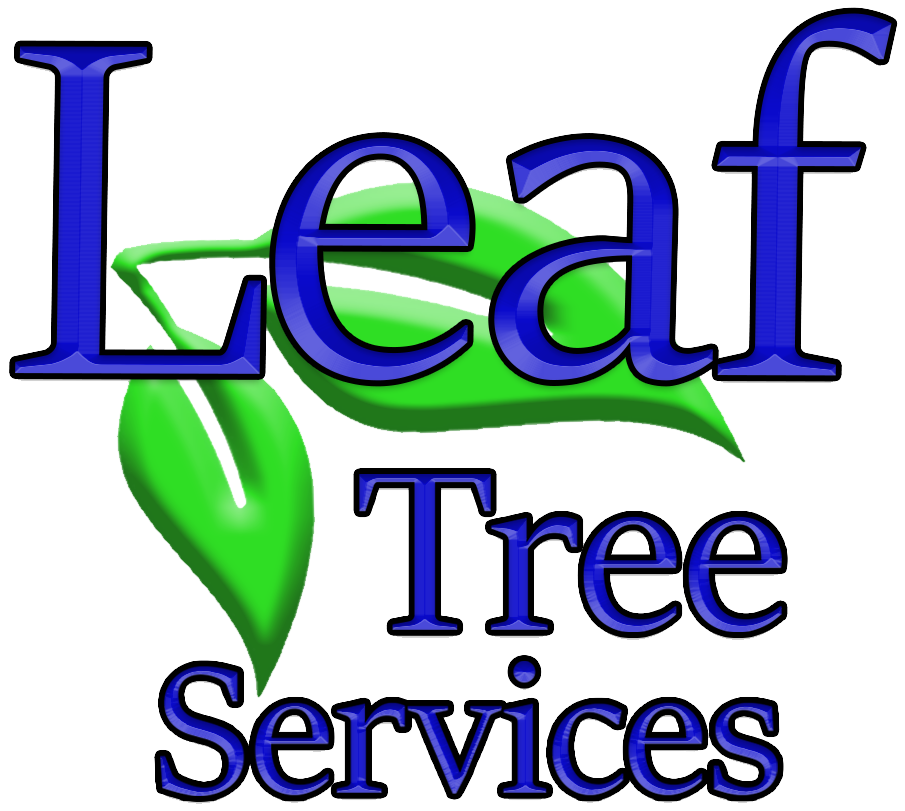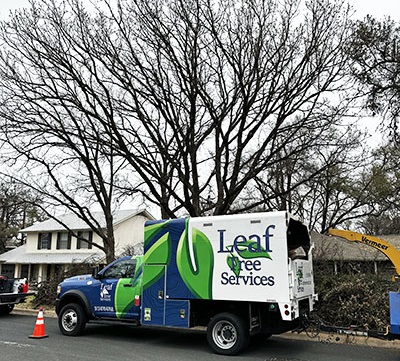Tree service experts can help you safely fell trees close to your property
Tree service in Round Rock and Austin TX can help you know if it is safe to cut down trees close to your property and how to do it. Trees are not only aesthetically pleasing additions to your property but also provide a myriad of benefits to both the environment and your household. Their lush foliage, soothing shade, and the calming rustle of leaves in the wind create a serene atmosphere that enhances the beauty of your surroundings. Beyond their visual appeal, trees play a crucial role in purifying the air, reducing noise pollution, and providing habitat for various wildlife.
When strategically planted near your home, trees can also offer practical advantages. They can act as natural windbreaks, shielding your house from harsh winds and reducing energy costs by improving insulation. Additionally, trees can increase property value, enhance curb appeal, and contribute to a sense of privacy and tranquility.
However, as much as we value the presence of trees, there are instances where their proximity to our homes may pose risks or concerns that warrant careful consideration. One of the most common dilemmas faced by homeowners is whether to cut down a tree that is situated close to their house. This decision requires a balanced assessment of the potential benefits and drawbacks, taking into account factors such as tree health, structural integrity, and safety considerations.
Factors to Consider When Assessing Tree Risks
Before making the decision to cut down a tree close to your house, it’s essential to conduct a thorough evaluation of its condition and the potential risks it may pose. Here are some key factors to consider:
- Health and Stability: Assess the overall health of the tree, looking for signs of disease, decay, or structural weakness. Dead branches, fungal growth, and hollowed trunks are red flags that indicate compromised structural integrity. A certified arborist can perform a professional evaluation to determine the tree’s health and stability accurately.
- Proximity to Structures: Consider the distance between the tree and your house, as well as any other nearby structures such as garages, sheds, or utility lines. Trees that are too close to buildings pose a higher risk of causing damage in the event of falling branches or uprooting during severe weather conditions.
- Species and Growth Characteristics: Different tree species exhibit varying growth habits and characteristics that can influence their suitability for proximity to structures. Some species have shallow root systems that may pose a greater risk of destabilization, while others have strong, deep roots that provide better anchorage. Understanding the specific traits of the tree species in question can help inform your decision-making process.
- Age and Size: Older, larger trees are more likely to have developed structural weaknesses or health issues over time, increasing the risk of failure. Consider the age and size of the tree when assessing its potential impact on your property.
- Environmental Factors: Take into account environmental factors such as soil condition, drainage patterns, and prevailing weather conditions in your area. Trees growing in saturated or compacted soil are more susceptible to uprooting, especially during periods of heavy rainfall or high winds.
- Utility Interference: Evaluate whether the tree’s roots or branches are interfering with utility lines, plumbing, or other underground infrastructure. In some cases, cutting down the tree may be necessary to prevent damage to these essential systems.
Mitigation Strategies and Alternatives
In some cases, cutting down a tree close to your house may not be the only or best solution to address potential risks. Depending on the specific circumstances, there are several mitigation strategies and alternatives to consider:
- Pruning and Maintenance: Regular pruning and maintenance can help manage the risk posed by trees near your home. Removing dead or diseased branches, reducing canopy density, and shaping the tree’s growth can improve its structural integrity and reduce the likelihood of branch failure. Professional arborists can perform targeted pruning to address specific concerns while preserving the overall health and appearance of the tree.
- Tree Support Systems: Installing support systems such as cables, braces, or props can provide additional stability to trees that are at risk of structural failure. These support systems help distribute the tree’s weight more evenly and reduce the strain on weak or compromised limbs. A certified arborist can assess the tree’s condition and recommend the appropriate support measures based on its specific needs.
- Root Management: Managing the tree’s root system can also help minimize risks associated with trees near structures. Root pruning, barrier installation, or root zone aeration techniques can prevent root intrusion into foundations, sidewalks, or utility lines, reducing the likelihood of damage. However, root management should be undertaken cautiously to avoid compromising the tree’s stability or health.
- Selective Removal: Instead of cutting down the entire tree, selective removal of specific branches or sections may be sufficient to address safety concerns while preserving the tree’s overall structure and aesthetic value. This approach, known as crown reduction or crown thinning, involves carefully removing targeted portions of the tree to reduce weight and wind resistance without compromising its health.
- Replacement and Relocation: If the tree presents significant risks or is unsuitable for its current location, consider replacing it with a more appropriate species or relocating it to a safer area of your property. Planting a new tree at a safe distance from structures and utility lines ensures that you can enjoy the benefits of trees without compromising safety or causing future issues.
While cutting down a tree close to your house may seem like the most straightforward solution to mitigate risks, exploring alternative strategies can often achieve the desired outcome while preserving the environmental and aesthetic benefits of trees. By implementing proactive measures such as pruning, support systems, root management, selective removal, or tree replacement, you can effectively manage risks and ensure the safety and longevity of both your home and the surrounding landscape. Consulting with a qualified arborist is essential to develop a comprehensive plan tailored to your specific needs and circumstances, ultimately enabling you to make informed decisions that balance safety, sustainability, and aesthetic considerations.
Hire the best tree service in Round Rock and Austin TX
Leaf Tree Services is your locally owned professional tree service with certified arborists for residential and commercial customers in Round Rock, Austin, and surrounding Central Texas areas. You can trust your trees to us. Contact us today to schedule a consultation, 512-670-6766.


